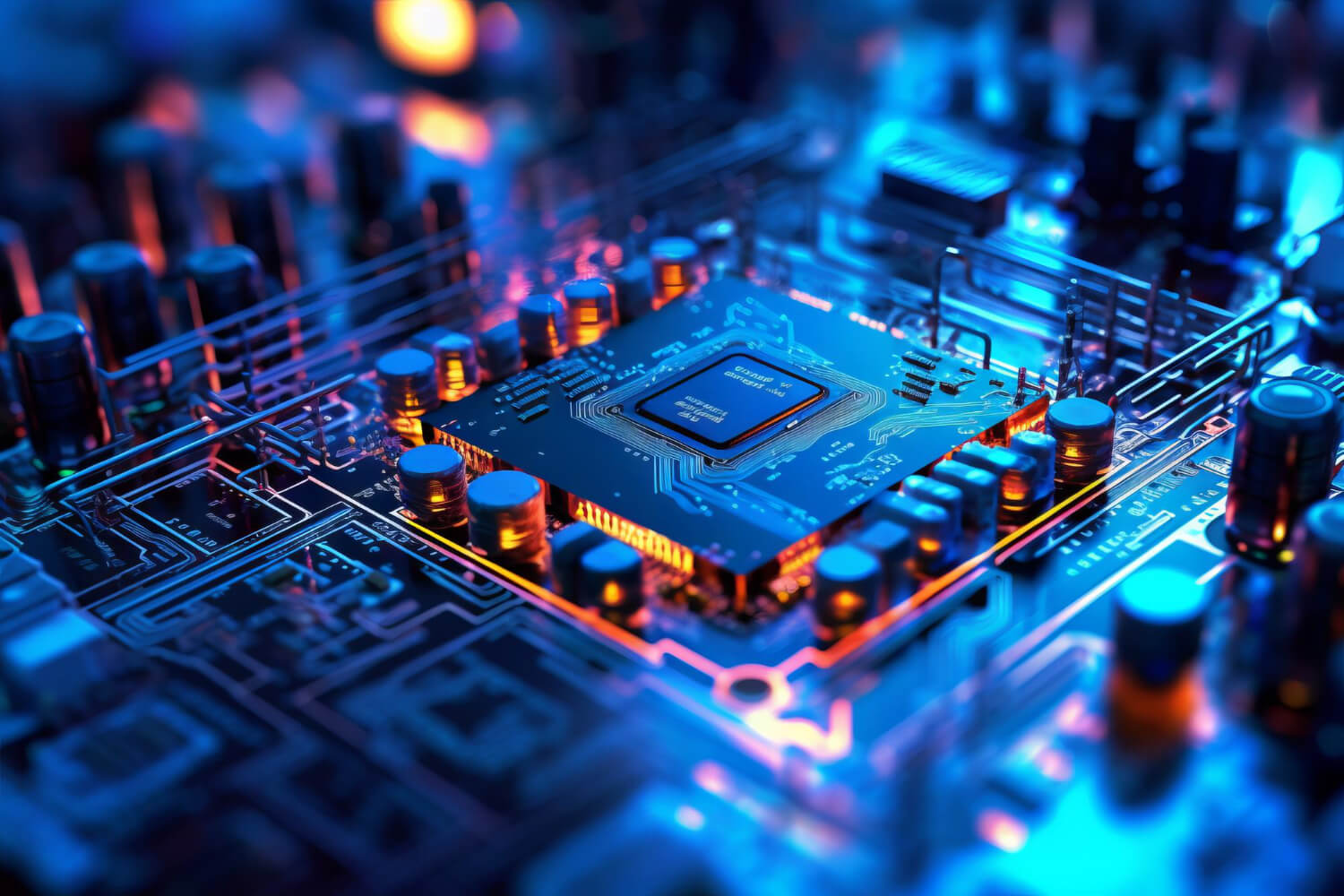About Embedded System
An embedded system is also termed an integrated system. It is a computer system designed by an embedded engineer to facilitate special functions, and its parts are mounted together onto a motherboard. A microcontroller or a microprocessor that consists of input and output interfaces and a small memory carries out the system’s central processing.
The programing language of the microprocessor or microcontroller, such as C, C++, Linux, and C#, can be used directly to program the systems. Real-time computing tasks can be carried out by designing embedded systems. Specific use cases can be achieved using Tessolve MAGIK-II SOM+CB combination based on various SoCs, i.e., NXP, Qualcomm, TI, Renesas, etc., dedicated to developing and designing prototypes and applications with embedded systems.
Let us dive into detail about the concepts related to designing embedded systems.
What Is a Microprocessor Unit?
The processor initially consisted of separate components interlinked together through buses. For instance, the oscillator and the registers that signal the clock are all individual components. With the development in integration and technology, the various parts were coming together within the same circuit. Therefore, the earlier processor used to have multiple interconnected integrated circuits, and eventually, all the components came to be incorporated within a single circuit, known as a microprocessor.
The microprocessor is a part of the central processing unit (CPU). The arithmetic logic unit (ALU) is present within the microprocessor and performs all the mathematical operations. The registers save the data for the moment, and the control unit harmonizes the working of the rest of the parts, that is, a ROM memory in which instructions are stored and other components.
Microprocessors are not used individually but are integrated with other systems for a particular function.
What Is a Microcontroller Unit?
A microcontroller is a computer with limited functionality. They have a simple design with low speed and are small. Computers have a processor and RAM. A microcontroller is an individual chip in which RAM, ROM, processor, and other components are mounted together to aid programmers. DAC and ADC converters are placed together in different formats.
Therefore, they are not designed to manage an extensive software infrastructure. Most of the time, microcontrollers are directly programmed despite an embedded operating system. Because of this finite capability, a wide array of microcontrollers is established by different elements based on their use. The versatility allows you to choose the microcontroller that suits the project’s requirement and is the primary reason they are so favored in embedded systems.
About Development Kit
A development kit is a hardware component that aids in programming and testing another hardware element, such as a microcontroller, FPGA, or microprocessor. Usually, they are boards with the element in question that you would like to use along with different additional elements that simplify prototyping and programming.
The primary purpose is to help engineers learn, who later need to work with microcontrollers and microprocessors. Tessolve MAGIK-II development kits are good platforms based on various MCUs, MPUs/SoCs, and FPGA, which can help set up a development environment quickly and get started directly on application development for learning and POC purpose.
MAGIK-II platforms and their purpose
Tessolve has its own SOM Module Family MAGIK-2 modules based on the SMARC/Q7 standard, containing a complete software suite including Device Drivers, BSP, and support for various OS allowing effective productization. Our SOM & EVK solutions allow Customers to start their software development before manufacturing and help faster time to market.
MAGIK-II SOM family is ready to use a platform based on well know processors from NXP, Qualcomm, Mediatek, Texas Instruments, and Renesas with Linux/Android OS/RTOS support and can be used for learning and developing POCs for application development for use-cases:
- Industrial
- Avionics
- Automotive
- Medical
- Internet of Things
About FPGA (Field Programmable Gate Arrays)
The reconfigurable hardware development obtained one of the most significant advantages, namely FPGA. Testing and designing hardware components are a hectic and time-consuming process that involves a lot of costs. There was no way of confirming that it worked until printing a design on a plate, and the printing process required time and money.
FPGAs are the solution to this problem. They are hardware parts interlinked with each other in a configurable manner, allowing you to select the parts you need and link them without printing them on the hardware. Embedded engineers need to use a particular language for the design, namely Hardware Description Language (HDL). An implement offered by the producer of the FPGA transforms that language into closed or open connections in the internal parts of the FPGA. The hardware circuit would remain the same and would perform the same function as it had been printed.
It made the building and designing process more convenient and allowed every design modification to be examined quickly. FPGAs were previously used for designing and prototyping but not as a finished product, whereas now, some FPGAs are being incorporated into the final product.
What Is SoC?
SoC stands for system on a chip and consists of a set of components that were initially separate but have been later integrated into a single chip. A CPU can form SoCs and FPGAs or ESP32, a microcontroller SoC. It is a broad term that incorporates any technology fused within a single chip or board.
What Is DSP?
DSP stands for digital signal processor and is used to deal with digital signals. It has widespread usage in treating video, audio, and telecommunications, and most of the technology we use regularly contains DSPs.
What Are Real-Time Systems?
Real-time systems can maintain exact time measurements that can be utilized in situations where the reaction time is crucial. The validity of results relies on whether the stipulated time limit has been met. All modern cars have control systems that are based on real-time systems.
Designing embedded systems is significant as they play an essential role in our daily lives. All technical devices require embedded systems to function correctly and provide limitless opportunities for every sector. Tessolve has expert embedded engineers who build designs that enhance the efficiency of the embedded systems. For better assistance from our experienced engineers, email us today at sales@tessolve.com.



